Two Days in Nevada 25 March 2009
_____________________
We arrived in Las Vegas on Monday night and headed straight to the Village Square Commercial Center on East Sahara Avenue.
Though most would describe it as a strip mall (and a dumpy one at that), the Village Square is, in fact, nearly a square with four retail arms almost enclosing an enormous parking lot at the center. These arms are one story strips and though some have attenuated roof lines the only thing that distinguishes the Village Square in typological terms is that, in a nod to Sin City contextualism, it features rather more neon than one might expect.
In cultural terms, the Village Square is also typical of a phenomenon directly related to late 20th century immigration patterns. Like so many other dumpy strip malls across the country, it houses an exceptional Asian restaurant. (Alexandria, Virginia is where I first observed this trend back in the 80s.) In this case, the restaurant is the Lotus of Siam, an establishment that both Gourmet and the New York Times have hailed as serving the best Thai food in the land.
I had the Nam Kao Tod, described on the menu as “crispy rice mixed with minced sour sausage, green onion, fresh chili, ginger and peanuts.” It had all this plus two critical ingredients not mentioned: copious quantities of fresh coriander and mint leaves. These gave the dish a bursting tonic quality that was truly stimulating, functioning just like an aperitif.
For a main dish I had Crispy Catfish Pieces Salad, described as “deep fried minced catfish, fresh chili, lime juice, peanut, cashew nut, vegetables, served on a bed of sliced cabbage.” Again, there were a few extra items that were key (though perhaps they are covered by “vegetables”: julienned ginger, sliced celery, and scallions all imparted that same tonic effect (an oversized piece of fresh chili imparted something else entirely when I ingested it accidentally) but here it was mellowed by the presence of the catfish, which was dredged in flour, fried to a golden color, and cut into very thin slices.
Washed down with a cold Singha beer, this was the perfect finale to a long day on the road from Tucson.
Of course, this being Vegas, the night was still young. We left the Village Center and headed to the Strip.
The traffic was heavy with fellow cruisers but the sidewalks were also jammed with the pedestrians who have become commonplace in the past decade.
We turned around at the Strip’s traditional southern terminus (in fact, Las Vegas Boulevard continues on for several more miles): the “Welcome to Fabulous Las Vegas” sign on a traffic island near the original gates to McCarren Field.
Betty Willis designed the sign in the mid-1950s (YESCO built it) and when it was installed on the boulevard in 1959, it was way outside of town. Today, as the casinos and hotels have continued their southward migration away from Fremont Street and downtown, the sign has been very nearly swallowed up by commercial development.
The last time I visited the “Welcome,” I had to pull my car onto the shoulder and dash through heavy traffic to get to the narrow median.
In the fall of 2008 Clark County redesigned the area around the sign, widening the traffic strip to include a small parking lot, palm trees, and amoeba-shaped Astroturf lawns. Roberto Burle Marx meets Morris Lapidus at the edge of landscape urbanism.
We had a room at the Paris. There’s no point in dwelling on the absurdities of the place or in getting all hot and bothered about its bastardization of everything from Le Vau’s Versailles to Garnier’s Opera to Lenôtre’s patisserie (I don’t know what that was I ate for breakfast but it sure as hell was not a pain au chocolat and I’ll only mention in passing the guy who asked for a packet of ketchup for his quiche lorraine).
For me, it’s not the ersatz that’s problematic but the cheapness. And this is where Steve Wynn actually gets it right at the Bellagio (with Jon Jerde as his designer) and the Wynn: the interiors are ridiculous but they aren’t shoddy.
At any rate, the point of staying at a hotel on the Strip is not to contemplate the awful lobby but to enjoy the view from the room. And this one did not disappoint: overtopping the Opera-thingy and full on the Eiffel-thingy with the Bellagio Fountains just across the way.
Seen from 30 stories above the Strip the fountains are more shamelessly Busby Berkeley than they appear from street level: they swing, they sway, they twirl, like a bunch of soft-focus chorines. And since the double pane windows muffled the Celine soundtrack, watching them made me positively giddy.
Fast forward to the end of day 2 which found me driving roughly 300 miles due north on Highway 93, a scenic route for much of the way.
My original destination was Elko because the town has three Basque restaurants and, being the great granddaughter of Juan Esperda of Vizcaya, I wanted to do a little ethnic heritage food tourism. But I was too tired and it was too late (for reasons having to do with the CCC and Michael Heizer which I will relate at another time). So I stopped in Ely instead.
I found a room at the “historic” Hotel Nevada in this former copper-mining boomtown. Built in 1929 with a steel and concrete frame and topping out at six stories, the hotel used to be the tallest building in the state. It still seems like the tallest one around or appeared to be when I first saw the lights of Ely at dusk. Along with my $38 room I got a coupon for a free beer at the Liberty House Saloon across the street. I drank a Michelob Amber Boch and chatted with Dennis, a grizzled race car driver who showed me pictures of his car, “the Black Bitch,” on his cell phone.
I finished my beer and returned to the Hotel Nevada. While waiting for the elevator I contemplated the array of products in the display case at the registration desk. It was a typical wayfarer’s assortment: shaving cream, pain reliever, toothpaste, deodorant, and the Nevada volume of SAH’s Buildings of the United States (Oxford University Press, 2000).
I bought a copy and went to bed, feeling like I was in familiar territory after all.
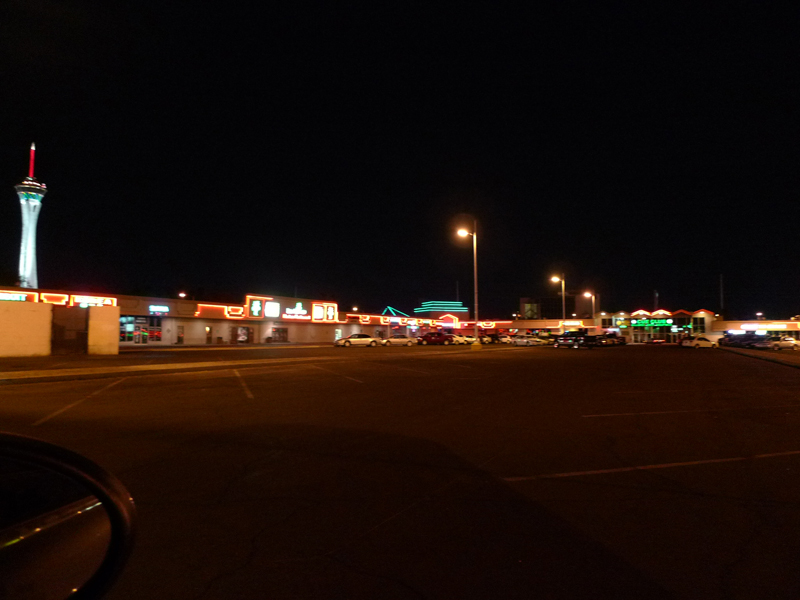
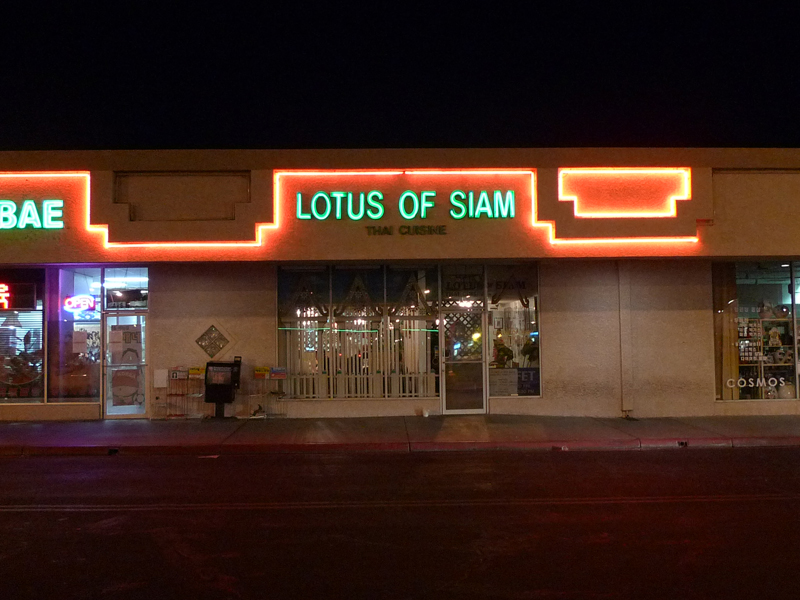
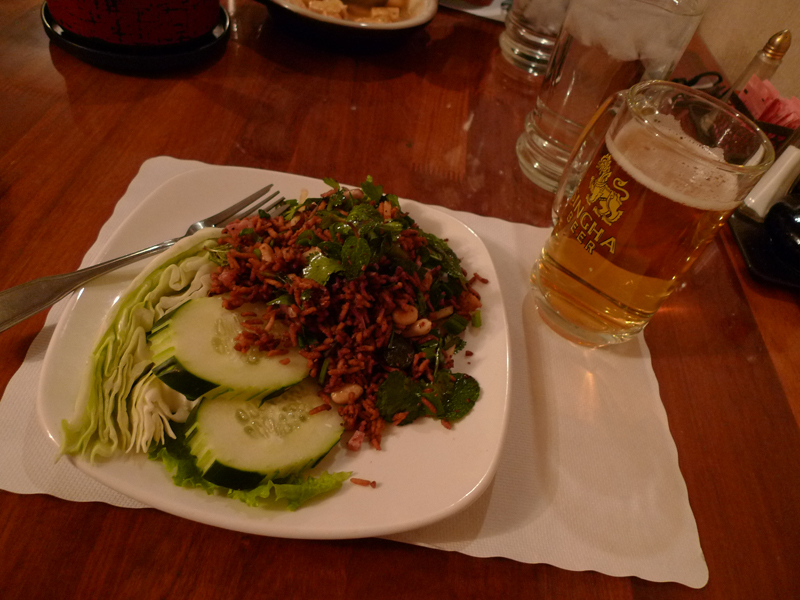
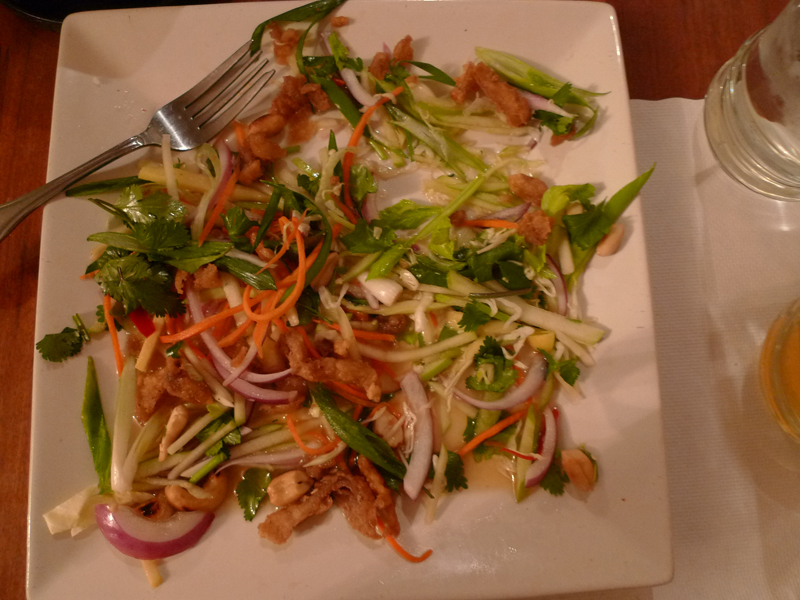
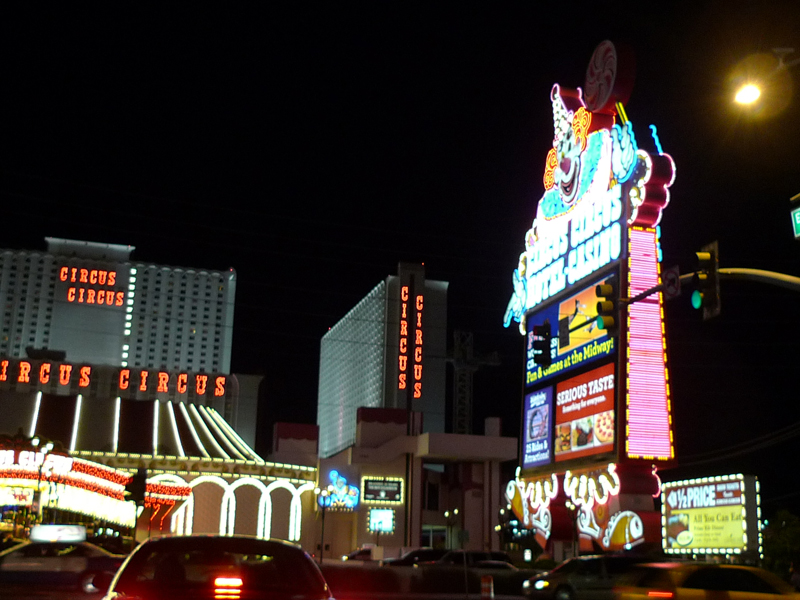
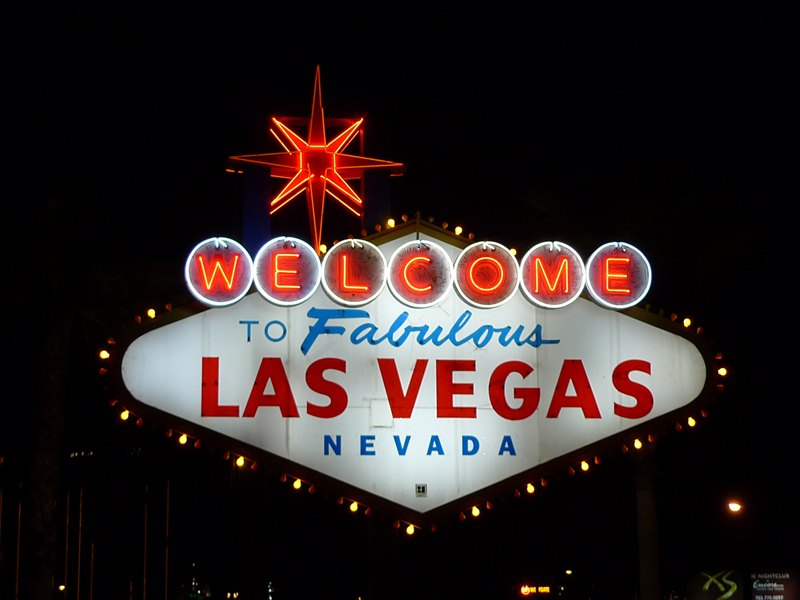
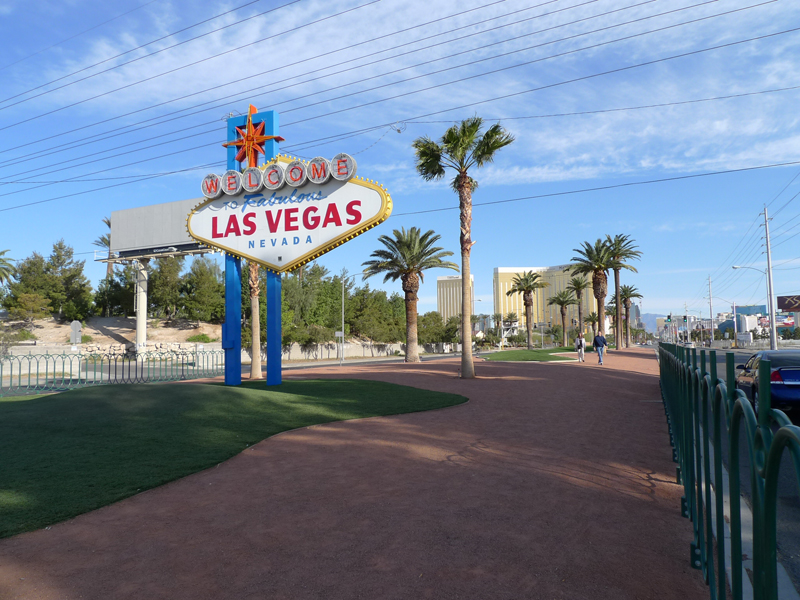
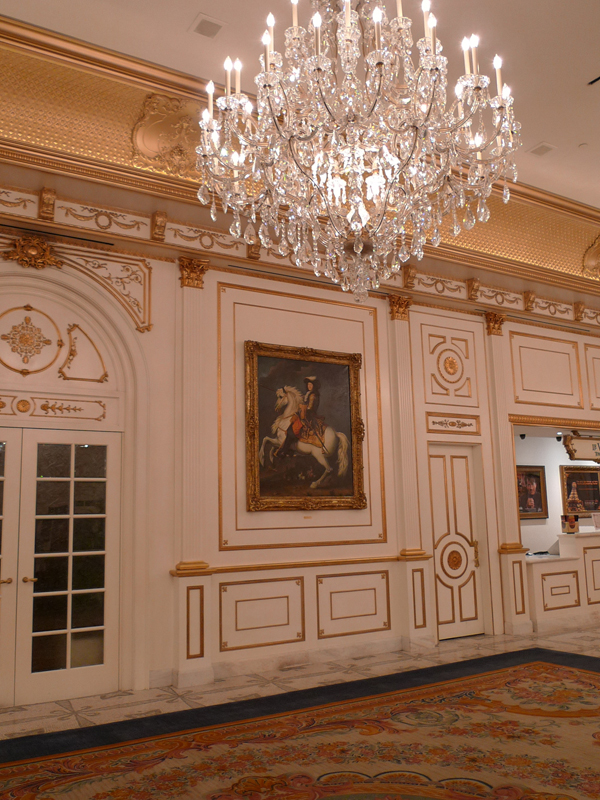

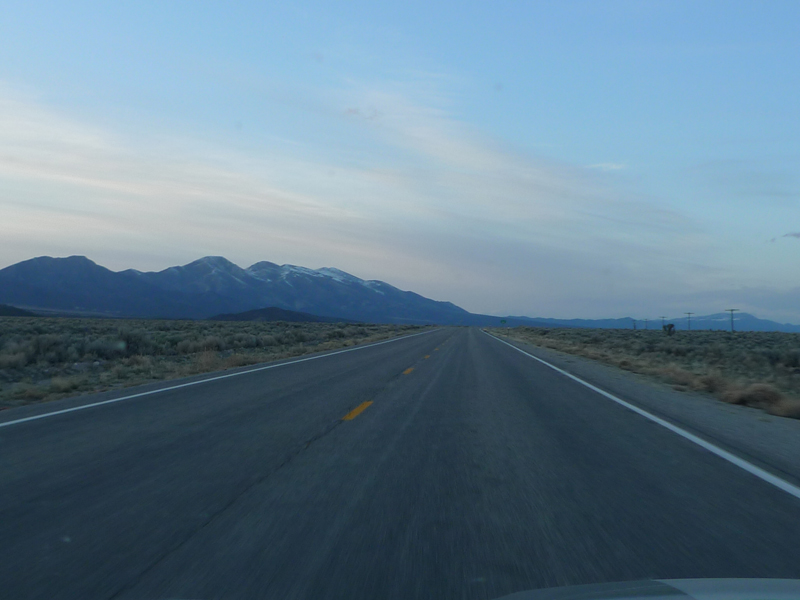
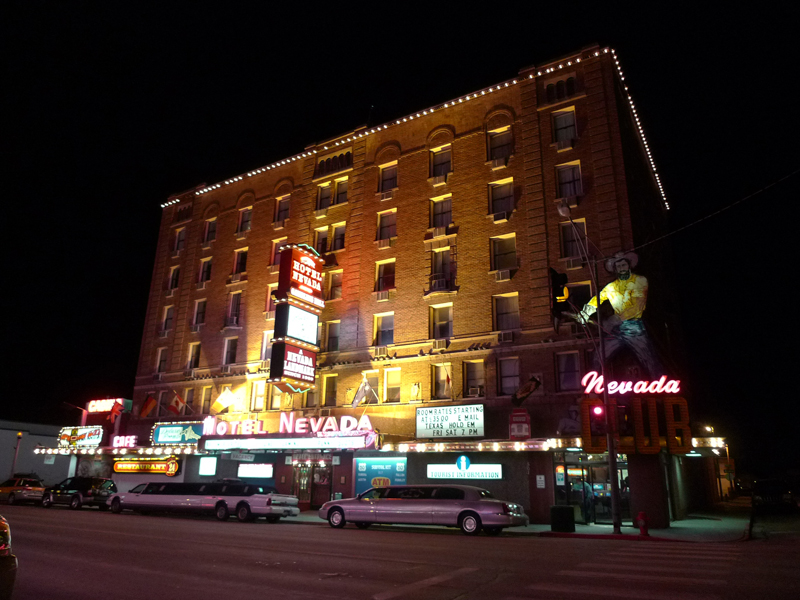
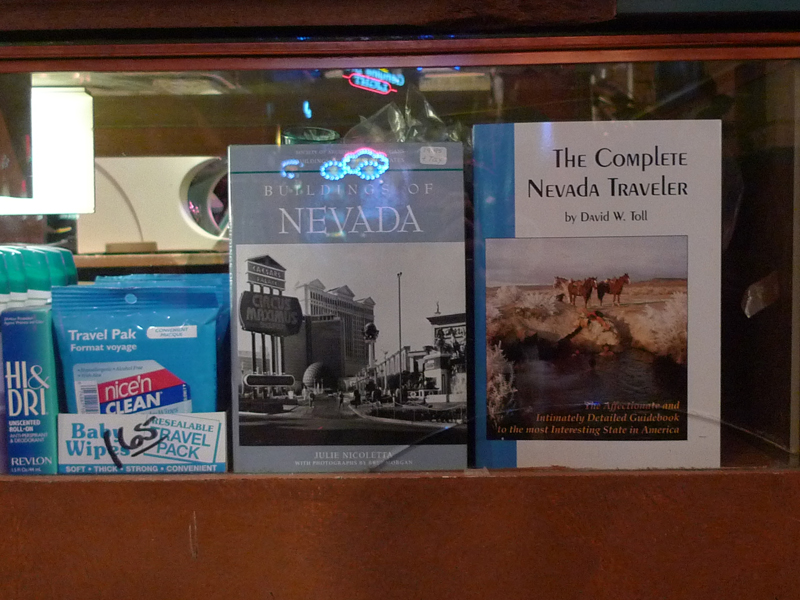

I love the latest post, and notice Humboldt National Forest on the accompanying map. I don’t know if you travelled through the forest at all, but would like to mention a link to yours truly. You may already know that Humboldt National Forest is named after the German naturalist Alexander von Humboldt. We have at the Met a portrait of him that I have published. Here is the link to the picture on our website: http://www.metmuseum.org/Works_of_Art/collection_database/european_paintings/baron_alexander_von_humboldt_1769_1859_julius_schrader/objectview.aspx?OID=110002093&collID=11&dd1=11